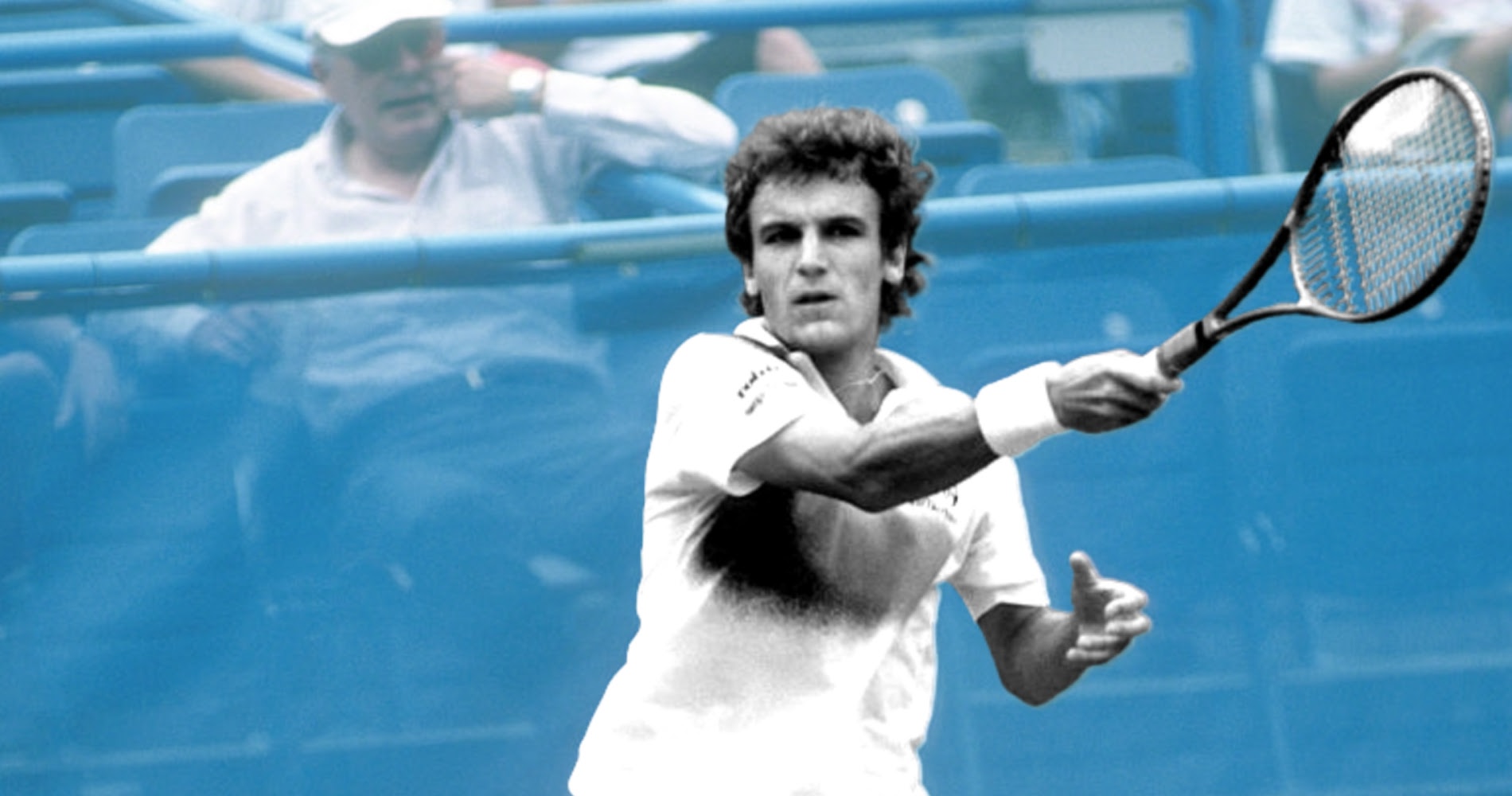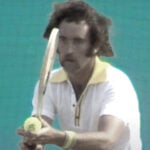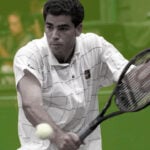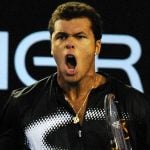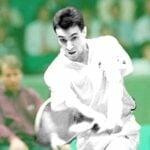January 11, 1988: The first day of play in the Australian Open’s new home
Every day Tennis Majors takes you back in time to celebrate a great moment in tennis history. Today, we go back to 1988 to witness the first day of the Australian Open as we know it, on hard court, at Melbourne Park
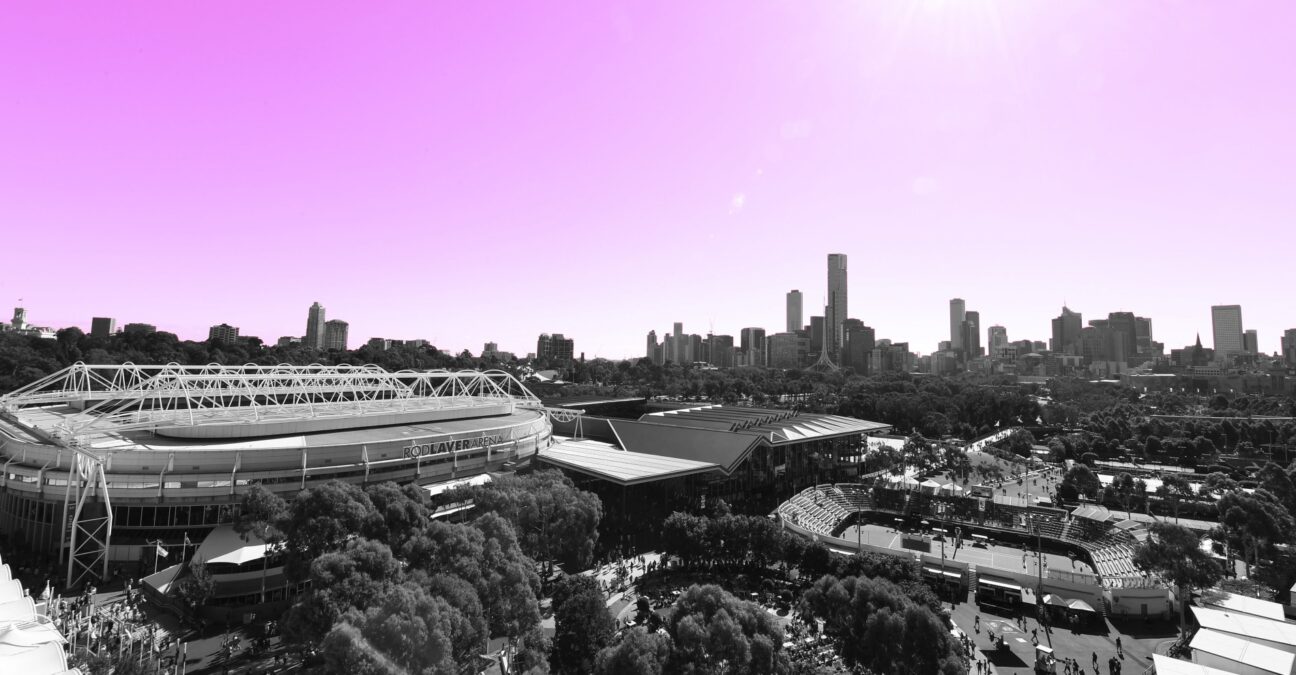 Melbourne Park
Melbourne Park
What happened exactly? a new venue for the Australian Open
On this day, January 11, 1988, play began for the first time at Flinders Park (renamed Melbourne Park in 1996). The Australian Open, where the greatest players in the world had started competing again in the previous years, left the outdated Kooyong Country Club and its grass courts to a $94 million venue, becoming the first Grand Slam to have a retractable roof on its centre court.
The facts: a new Stadium at Flinders Park
Unlike the other Grand Slam tournaments, the Australian Open (first known as the Australasian Championships and, later, the Australian Championships) had moved several times throughout the years. In fact, the event switched cities every year before it settled in Melbourne in 1972, and no less than five Australian cities had hosted the event at least three times: Melbourne, Sydney, Adelaide, Brisbane and Perth. The event was held on grass at the Kooyong Stadium, in an affluent eastern suburb of Melbourne. Its timing had changed several times as well, between early December and January, going from the first Grand Slam of the year to being the last.
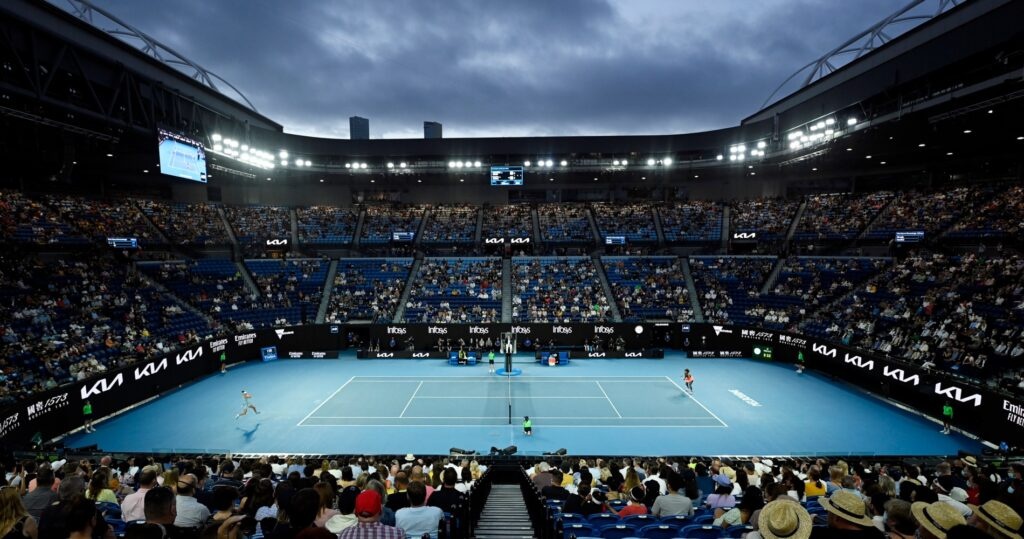
For a long time, many of the best players skipped the Australian Open, mainly because of the remote location, and the low prize money. In 1971, Ken Rosewall, 37 years old at the time, became the oldest player to ever win a Grand Slam tournament – which, according to himself, was “not good for tennis generally”.
In the 1970s, Bjorn Borg only competed there once, in 1974, and Jimmy Connors only went twice, claiming the title in 1974. In the second half of that decade, the finals of the Australian Open sometimes looked less prestigious than in many non-Grand Slam tournaments. In 1976, Mark Edmondson, world No 212, became the lowest-ranked player to ever win a major tournament. In 1978 and 1979, Guillermo Vilas, who had never gone past the quarter-finals at Wimbledon and was not exactly a grass-court enthusiast, claimed two consecutive titles, defeating unheralded players such as John Marks and John Sadri.
In the early 1980s, it was women’s tennis that came to the tournament’s rescue, with the two dominant players, Chris Evert and Martina Navratilova, facing each other in two consecutive finals in 1981 and 1982.
However, it wasn’t until 1983 that the Australian Open retrieved some of its former prestige. That year, for the first time since 1969, three of the best male players in the world travelled all the way down under to attend the event. Ivan Lendl, world No 1, made the trip for the second time in his career, while the world No 2, John McEnroe, a five-time Grand Slam champion, had never gone before.
18-year-old Mats Wilander, from Sweden, came to prepare for the Davis Cup final, which was scheduled at Kooyong Stadium just after the Open – and, against all odds, he ended up winning the tournament.
Unfortunately, the small Kooyong Country Club was not prepared for the crowd drawn to the event by these stars of the game and the International Tennis Federation prompted the Lawn Tennis Association of Australia to change the site of the tournament. Major works began and no less than $94 million was invested in the construction.
From what I’ve seen so far, they’ve thought of everything.
Five years later, in January 1988, the new venue was ready to host the Australian Open. Located on the banks of the Yarra River, in the heart of Melbourne, the brand-new Flinders Park venue (which would be renamed Melbourne Park in 1996), suddenly made the Open the most modern of all Grand Slams. Not only was the traditional grass abandoned in favour of the Rebound Ace, an acrylic surface most suitable for different game styles, but the new Center Court was equipped with a retractable roof – a novelty in a major tournament. The players, who were used to the small and outdated Kooyong Club, couldn’t believe their own eyes.
“From what I’ve seen so far, they’ve thought of everything,” said Navratilova, according to The Guardian.
“It’s pretty close [to being the best complex in the world],” said Chris Evert, quoted by the Australian paper The Age. “I think it’s been beautifully built for the players and the spectators.”
Play began for the first time on January 11, 1988.
Local Todd Woodbridge, aged 16, was the first winner at Flinders Park, defeating American John Letts on an outside court. The first match on Centre Court featured Dianne Fromholtz, who lost to an American qualifier, Wendy White. Ivan Lendl and Martina Navratilova were the winners during the first night session in the tournament’s history. The local superstar, Pat Cash, however, didn’t receive the welcome he had hoped for: due to his participation in a tournament in South Africa, a group of anti-apartheid activists greeted him by throwing black balls on the court.
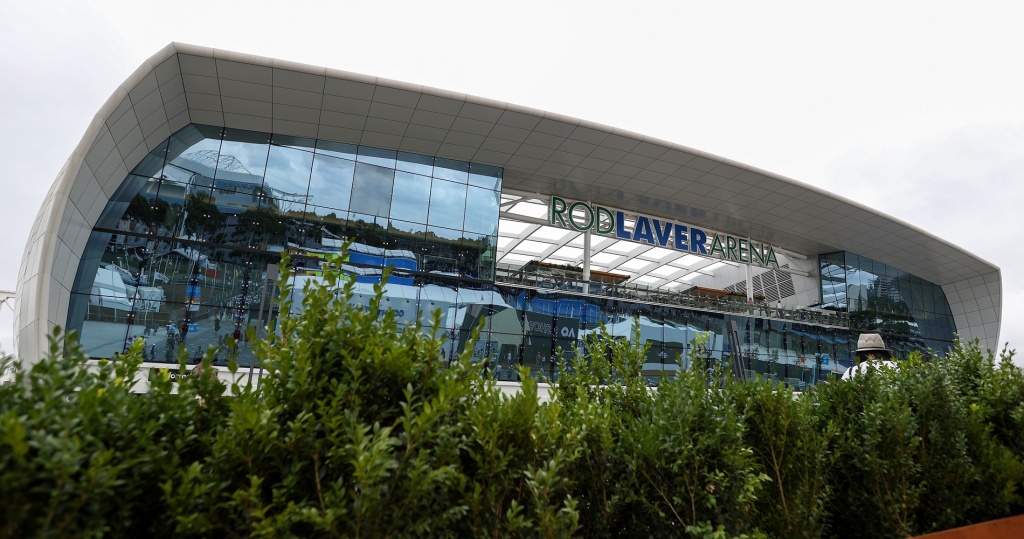
The money had not been invested in vain. After the inaugural day of the tournament, Tim Colebatch, from The Age, summarised: “The National Tennis Centre is a triumph. Its first day of business yesterday left the spectators, players, officials and observers of the tennis world wandering through it in a state of wonder at the scale, beauty and excellence of the facilities.”
What next? Melbourne Park, the favourite venue of many
The success of Flinders Park would last throughout the entire tournament, with a global attendance raise of 90%, with over 244,000 spectators overall, compared to 140,000 who had attended the last edition at Kooyong.
Despite the cold welcome of the crowd, Pat Cash, runner-up to Stefan Edberg in 1987, would make his way into the final for the second time in a row, but once again, a Swede, Mats Wilander, would crush his dream of triumphing in his own country (6-3, 6-7, 3-6, 6-1, 8-6).
In the women’s draw, Chris Evert would reach the last Grand Slam final of her amazing career, defeated under the retractable roof by Steffi Graf (6-1, 7-6), who completed the first leg of her Golden Slam.
The Australian Open venue, renamed Melbourne Park, would become the favourite Grand Slam of many players in the following years. Thirty-four years later, as well as the Centre Court (renamed Rod Laver Arena in 2001), two other courts would be equipped with retractable roofs. In 2008, the Australian Open would establish the record of the biggest crowd attendance in one single day, with 62,885 spectators attending the event on January 17, and in 2017, more than 500,000 people attended the tournament. It continues to remain the favourite among players and fans, and is now dubbed as the ‘Happy Slam’.
